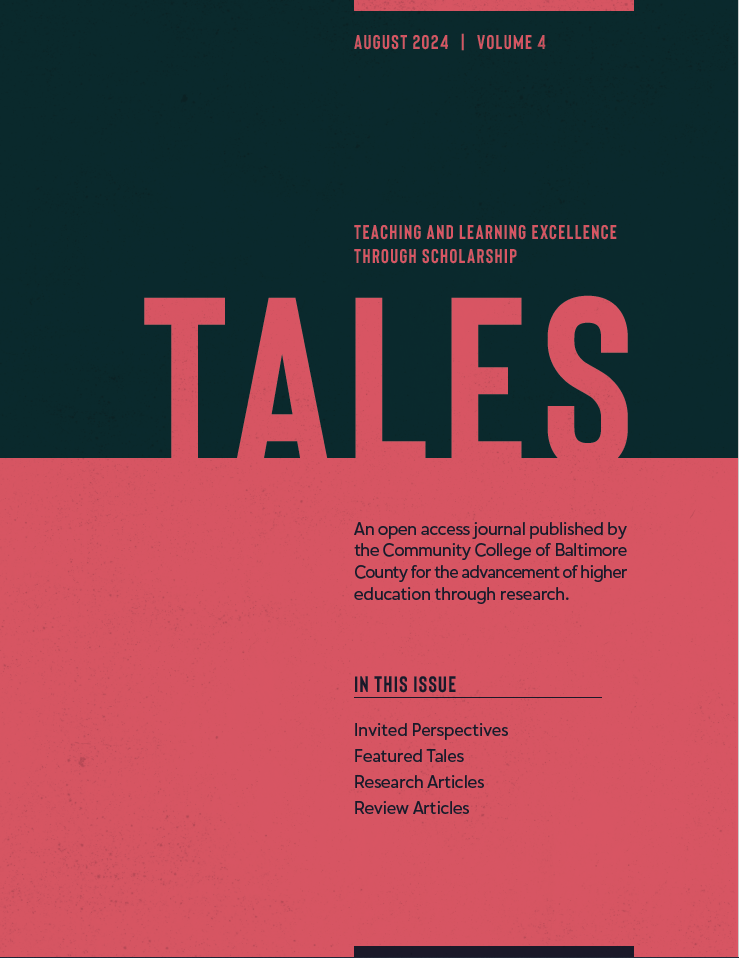The Impact of Gamification on Student Engagement and Learning in Science: A Study on Team Jeopardy
Abstract
Student engagement in a science classroom is challenging and most students perceive science courses as difficult. Gamification is an emerging strategy used by educators across various disciplines to increase student engagement and promote active learning. One known gamification technique is team Jeopardy, however, there is a gap in knowledge about the effectiveness of team Jeopardy in a biology classroom at the community college level. We hypothesized that team Jeopardy would improve student engagement and academic performance when implemented in biology courses. To assess this hypothesis, we used a one-group pretest-posttest study design and quantitative student surveys on 55 Community College of Baltimore County students who were enrolled in 4 different biology courses. Students’ academic performance was measured using pre/post quizzes before and after a game of team Jeopardy was implemented. In addition, student perception and engagement were measured using surveys. Using paired t-tests, we found a statistically significant improvement in student quiz scores after team Jeopardy implementation with varying magnitudes of improvement across different biology courses. Quantitative analysis of survey data indicated a positive impact of team Jeopardy on subject matter retention, student engagement, student confidence, and enthusiasm in the classroom. In conclusion, gamification techniques like team Jeopardy have a positive impact on student engagement and performance. Thus, this study has useful implications for science educators seeking to enhance student success by creating dynamic and stimulating learning environments.


